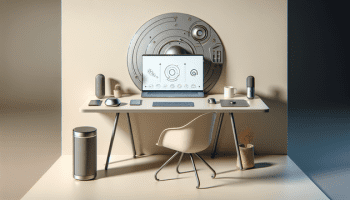![]()
When Google had first revealed that the Pixel 2 shipped with its custom-designed Pixel Visual Core, it was believed by many that the Google Camera app would take advantage of it once the core was activated through a future software update.
With Google allowing third-party apps like Snapchat, Facebook, Instagram to take advantage of the Pixel Visual Core (PVC) through the February update, many believed that the Google Camera app would now also start using this custom chip from Google for HDR+ processing. However, Google has now issued a statement clarifying that the Google Camera app does not use the PVC for image processing.
I got a fun correction from Google today: The Google Camera app does not use the Pixel Visual Core. Google's camera app doesn't use Google's camera chip. Facebook and Snapchat are the first ever uses of it.
— Ron Amadeo (@RonAmadeo) February 7, 2018
Instead, the PVC is only used by third-party apps for HDR+ processing while the Google Camera app itself relies on Qualcomm’s DSP. Google made the move of building and including the Pixel Visual Core on the 2nd gen. Pixels so as to pave the way to bring HDR+ processing to third-party apps. Qualcomm’s DSP which is used by the Google Camera app is not available for third-party developers to take advantage of.
Google’s Pixel Visual Core is likely faster and more power efficient than Qualcomm’s DSP for HDR+ image processing, though the resulting image quality from both remains the same. Google likely did not bother using the PVC with the Google Camera app so as to keep compatibility with older Pixels.
An interesting thing to note here is that Google did not just develop the Pixel Visual Core for HDR+ processing in third-party apps. The chip can be customized to run other tasks as well so Google can always tweak its functionality in the future using software updates for new features.















